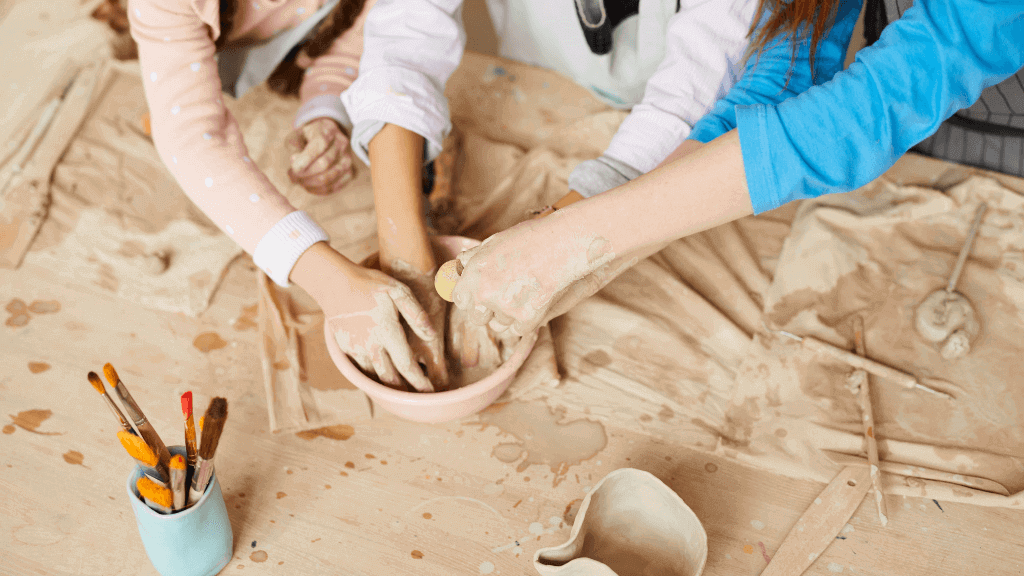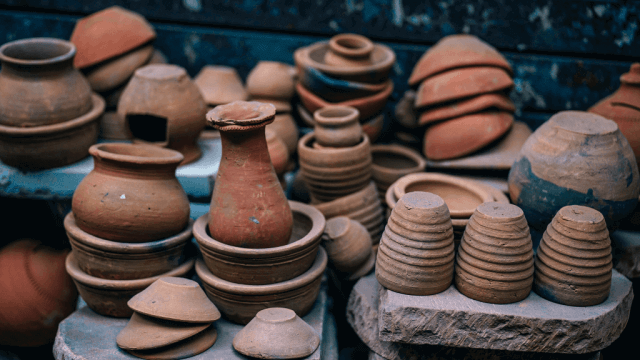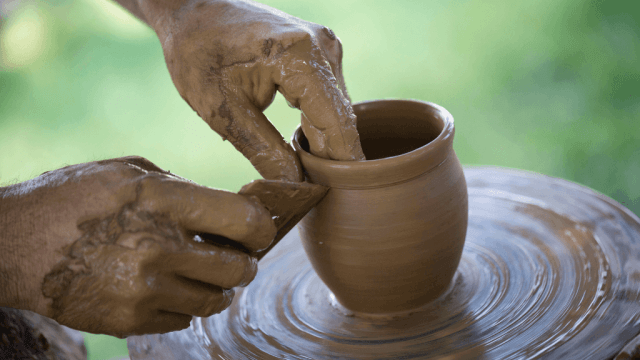Clay and ceramic pots are susceptible to changes in temperature and freezing snow, which can cause them to expand and contract. If trapped water freezes in the pot, it will expand and can break the ceramic. Glazed ceramic pots are particularly vulnerable to cracking in cold weather due to their inability to drain correctly. However, new ceramics not as affected by sudden temperature changes have been developed.
At What Cold Temperature Does Ceramic Crack?
Ceramic pottery can crack below freezing due to water absorption and subsequent ice expansion. The critical temperature for most ceramics is around 32°F (0°C). However, this can vary based on the type of ceramic and its porosity. To prevent cracking, it’s advisable to bring ceramic items indoors during cold weather or ensure they are made from frost-resistant materials.
What temperature range should you avoid exposing pottery to to prevent it from breaking in the cold?
Pottery should be kept away from temperatures below -7°C to prevent it from breaking. It is recommended to fire pottery at a rate of 150°C per hour up to 600°C and then maintain the temperature between 600°C and 1020°C. The workspace should also be kept at room temperature, no lower than 72F/22C and ideally above 75F/24C. Ceramics are not usually affected by extreme cold temperatures.
Are certain types of pottery more prone to breaking in the cold than others, and if so, which ones?
Glazed ceramic pots are more resistant to cold temperatures than unglazed terracotta. Ceramics fired at high temperatures are also less vulnerable to the cold. Earthenware is more porous than other types of clay, making it more prone to absorbing water and cracking or warping if not adequately glazed. Porcelain is vitreous stoneware, but it is more likely to chip and break than stoneware and cannot withstand extreme temperatures.
Can pottery that has been fired at higher temperatures withstand colder temperatures better than those that have been fired at lower temperatures?
Pottery that has been fired at higher temperatures can generally withstand colder temperatures better than those that have been fired at lower temperatures. The glaze creates a non-porous protective surface that repels water and makes the pottery more frost-resistant. Earthenwares fired at low temperatures (e.g., cone 04-06) are especially susceptible to spalling. Pottery glazes can generally withstand freezing, but some glazes may be more resistant.
Are there any steps that can be taken to protect pottery from breaking in the cold, such as storing it indoors or using protective coverings?
To protect pottery from breaking in the cold, storing it indoors or using protective coverings such as waterproof tarps is recommended. Additionally, cleaning the pot and sealing it with a penetrating sealer can help protect it from the rain. Finally, wearing a HEPA filter mask when mixing clay or cleaning the studio can help avoid excessive dust exposure.
If pottery does break due to exposure to the cold, is there any way to repair it, or is it typically necessary to replace it entirely?
Pottery can be repaired using a cold-materials process with modern adhesives, fillers, paints, and cold glaze. Removing old adhesive before repairing the pottery is essential in attempting to r. To prevent pottery from breaking due to exposure to the cold, it is recommended to use the body more and the wrist less when throwing on the wheel or wedging and take regular breaks. Ceramics may have traces of use, such as scratches or cracks in the glaze, worn overglaze decoration, and spalls in the object’s body.











